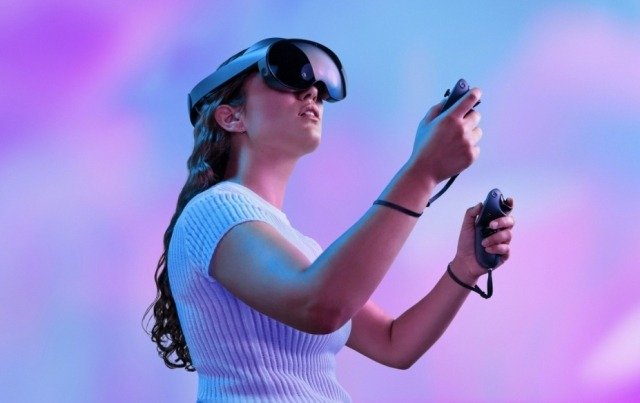Global shipments of extended reality (XR) headsets, including augmented reality (AR) and virtual reality (VR) headsets, experienced a significant decline of 33 percent year-on-year in Q1 2023, according to Counterpoint Research.
 The waning interest from customers can be attributed to the lack of updates to Meta’s Quest series, which has been the market leader for over two years.
The waning interest from customers can be attributed to the lack of updates to Meta’s Quest series, which has been the market leader for over two years.
However, the newly launched Sony PSVR2 (PlayStation VR2) and the price reduction of Meta’s Quest 2 helped mitigate a more severe decline in the global XR headset market, as stated by Senior Analyst Karn Chauhan.
Despite the decline, Meta remained the top-selling global XR headset brand in Q1 2023, with the Quest 2 being its best-performing VR headset. The Quest series has shipped over 20 million units, with the Quest 2 accounting for 18 million units. Meta’s upcoming release of the Quest 3 later this year is expected to boost sales and build upon the success of the Quest 2.
However, Meta’s shipment share dropped to 49 percent in Q1 2023, the lowest since the launch of the Quest 2 in Q4 2020. This decline can be attributed to the highly anticipated release of Sony’s successor to its 2016 headset, the PSVR2.
Sony secured the second position with a 32 percent market share in Q1 2023, thanks to the significant attention garnered by the newly released PSVR2 among its user base. Pico and DPVR claimed the third and fourth places with market shares of 7 percent and 6 percent, respectively.
The year 2023 is witnessing the launch of next-generation VR headsets, with notable releases including Sony’s PSVR2, DPVR’s E4, and HTC’s Vive XR Elite.
Apple has also announced its Vision Pro headset, setting a new standard for consumer XR devices. However, the high price of the Vision Pro places it beyond the reach of most consumers.
